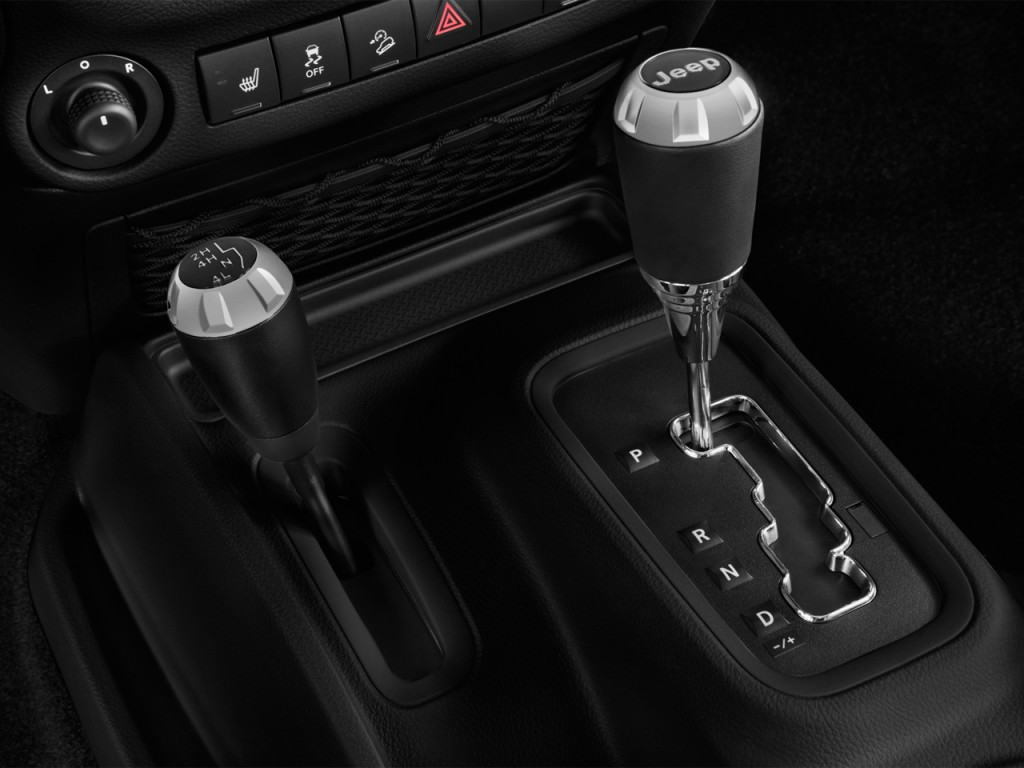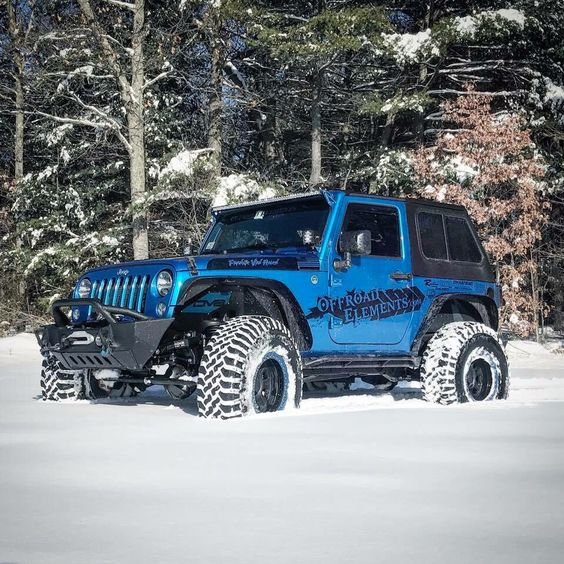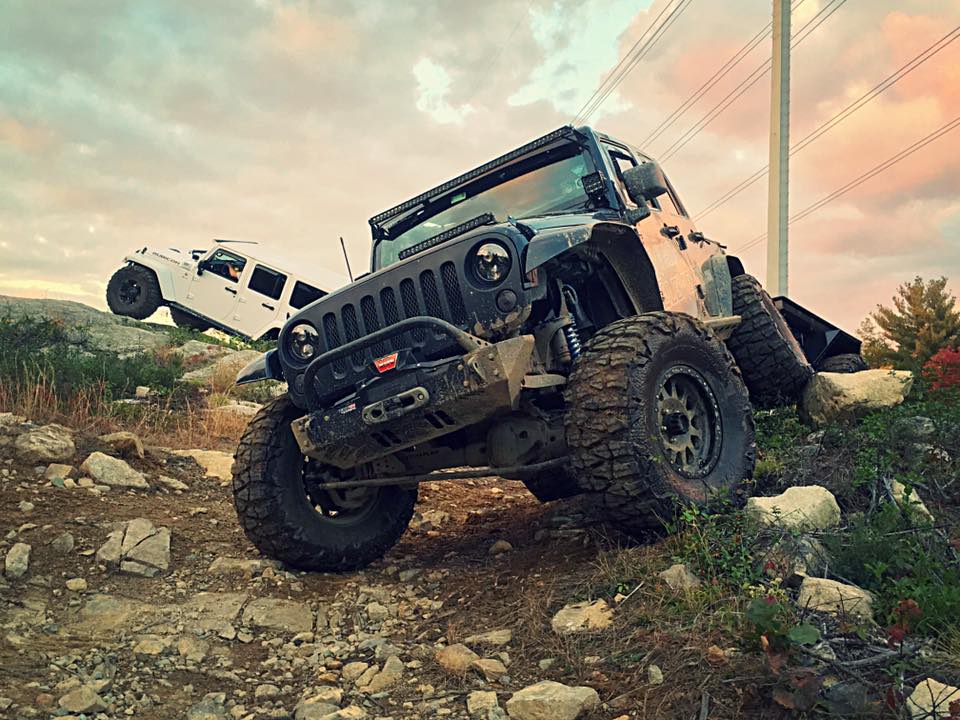4 Wheel Drive: When, Where How and Why to Engage your Jeep Wrangler JK
Posted by Gillian Fournier on 16th May 2017
I don't know about you but when I think of a 4WD vehicle, I think of the most badass, dominating vehicle cruising the roads, trails, rocks and beaches. Having a Jeep JK, which comes equipped with 4 wheel drive, is like joining an elite group of enthusiasts who share similar passions and hobbies, one of which just happens to be traversing the unpaved roads. While enjoying my short lived and rare lunch break yesterday, I scrolled past a post on a local Facebook Jeep group asking about the dos/don'ts, whens and hows to properly engage and disengage and use 4WD. Better safe than sorry! Riding in the passenger seat and taking mental notes along with asking lots of questions, reading the owners manual and researching the lovely inter webs helps to teach you the tips, tricks, functions and purposes of that stubby little lever.

Your Jeep Wrangler JK is set up with a dual rate transfer case. This setup uses a t-case behind your transmission and transfers drive to the rear differential only or front and rear synchronously. Your 4WD option is the small lever to the left of your shifter and is labeled 2H, 4H, N and 4L.
2 Hi or 2H:
This is used for normal on road driving when the pavement is dry. There is nothing you really need to do in 2H, as this is the position your vehicle should always be in for your every day driving.
4 Hi or 4H:
This position is used for normal speed driving but for when you need a little bit extra traction like on dirt roads, hard packed sand or slick/snowy/icy roads. Your front wheels and tires will aid in traction to make your vehicle more stable on loose surfaces.
4 Lo or 4L:
This position is used for when you need maximum traction and maximum power at slower speeds such as rocky surfaces, deep mud or snow, steep or sharp inclines/declines, etc. Your front and rear wheels are driven in low range using a lower gear ratio, which results in slower road speed and higher torque. This provides your vehicle with better engine braking and allows for easier control.

Switching from 2H to 4H:
If the pavement or ground is wet, slick or loose and you need to switch over to 4WD, simply pull the lever slowly and firmly back one click. This will successfully swap you into 4 Hi.
Switching from 4H to 4L:
If and when you need maximum traction and you need to move into 4 Lo, slow your vehicle down to 2-3 mph. With your Jeep still rolling, shift into neutral and slowly and firmly pull the lever all the way back. Put your Jeep back into gear and you're good to go.

Tips, Tricks, Dos and Don'ts:
- DO use 4H for slick, slippery on road driving up to 45-55 mph
- DON'T try to move directly from 2H to 4L or vice versa. First move from 2H to 4H, then put your vehicle in neutral and move to 4L.
- DON'T exceed speeds of 25 mph when in 4L
- To disengage your 4WD, slow down, put your Jeep in neutral and, while still rolling, push the lever firmly back to 4H. Put your Jeep back in gear and push the lever from 4H to 2H.
- Shifting into and out of 4L is possible while completely stopped however it may be more difficult as the teeth may not properly line up while at a standstill.
- 4H can be used for speeds up to 55 mph although it is recommended to go no faster than 45-50 and only for wet, slick roads or loose surfaces
- DON'T use 4H or 4L on dry paved roads. 4H and 4L lock your front and rear driveshafts together to form a single driving unit. Driveline noise, binding and Crow-Hopping (the chirp-chirp noise your tires will make if still engaged) can occur while on dry, paved surfaces and can lead to heat build-up or breakages.
- DO check your owner's manual if you are still unsure of when or how to use your 4WD option
- DO rely on your tire pressure to work in conjunction with 4WD. Normal on-road tire pressure, depending on what you run, can be anywhere between 30-35. The more PSI, the firmer the ride. I run my 37s at 28 on road and it is a comfortable, quiet ride. When taking your vehicle off road, airing down to a proper PSI not only makes the ride more comfortable, but also provides your vehicle with a wider "footprint" for better traction.

Check back here for more How-To's, reviews, updates, highlights and more!
